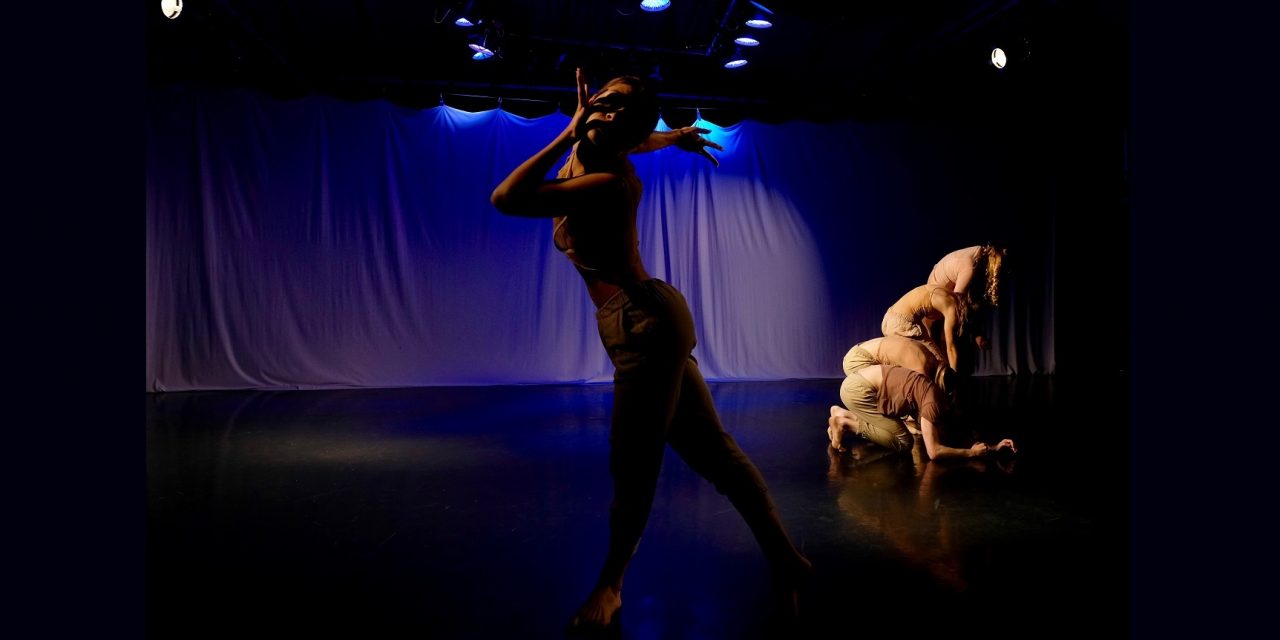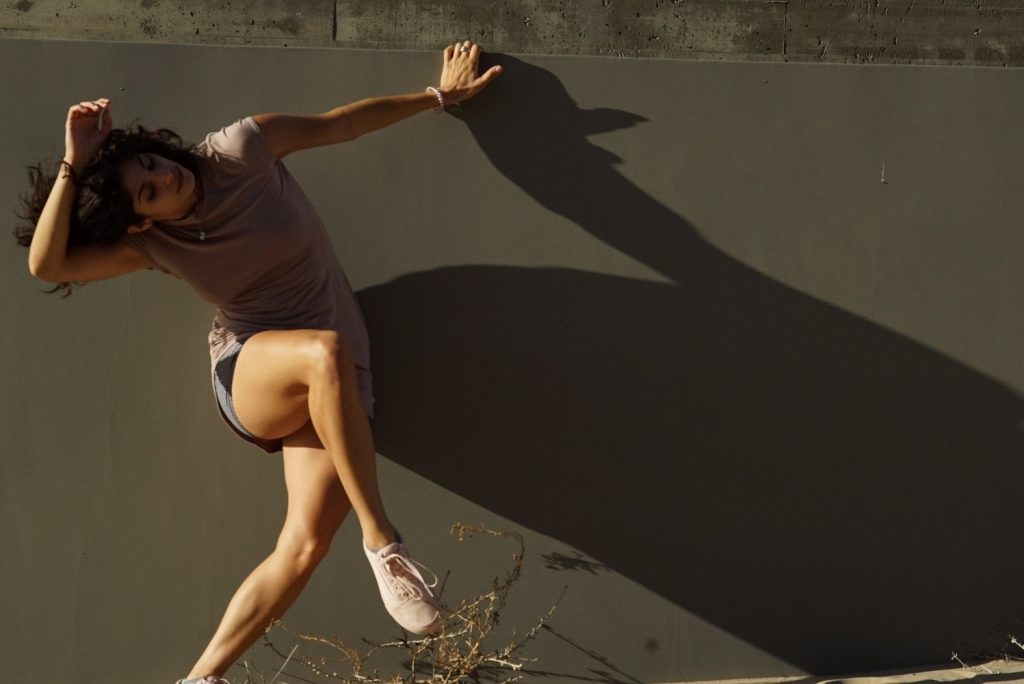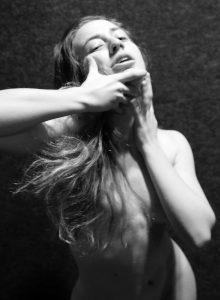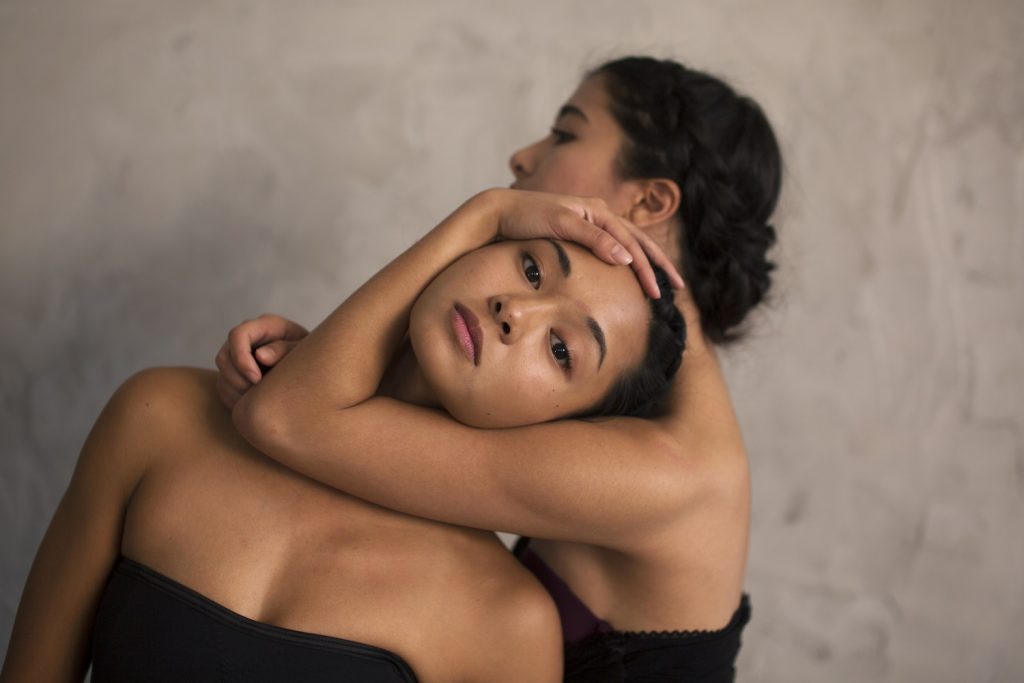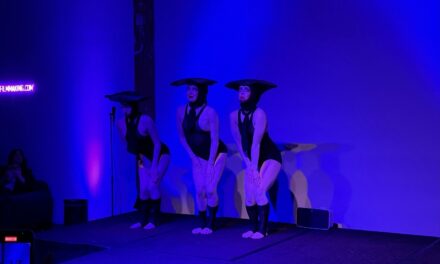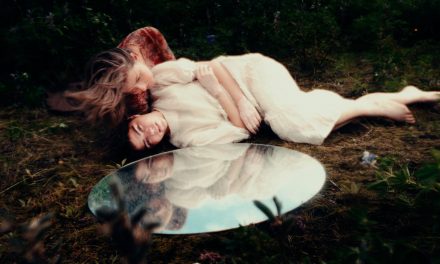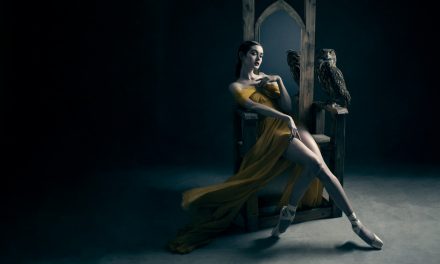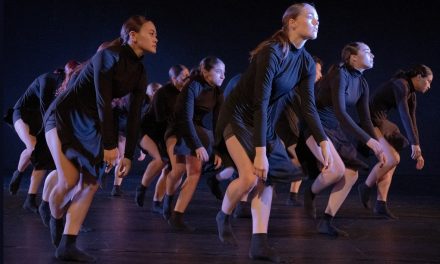For 29 years Highways Performance Space and Gallery has presented unique, innovative and radical artists who seek to push the boundaries of the norm. It has been described as “a hub of experimental theater, dance, solo drama and other multimedia performance,” by the Los Angeles Times. Founded by writer Linda Frye Burnham and artist Tim Miller, Highways has been the venue for many gifted artists, including Mehmet Sander, Rachael Rosenthal, Luis Alfaro, Elia Arce, Ron Athey, Quentin Crisp, Diavolo Dance Theater, Karen Finley, John Fleck, Simone Forti, Rosanna Gamson Worldwide, Stephanie Gilliland, Guillermo Gomez-Pena, Dan Kwong, Rudy Perez, Phranc, Denise Uyehara and many others.
During the past five or six years, Highways has presented the series New Shoes, a showcase for dance artists who are just beginning to present their work. This Saturday and Sunday was the 17th installment of the series, presenting new works by five such choreographers. Although there were a couple of noteworthy endeavors, New Shoes 17 did not include any groundbreaking art.
Elaine Thap would be better served to study the history of performance art. Her piece, MOB, was ill conceived and poorly executed. Audience participation can be tricky for any artist, to be sure, and in all fairness, the response to Thap’s request produced only eight takers who were instructed by a recorded voice to close their eyes and keep them that way. The willing audience members were told when to move and when to stop, and how and at what intensity to breathe. Thap attempted to take subjects into different alternative realities but she seemed ill equipped to do so. During the time they were told to continue exhaling sharply, one gentleman appeared to be having trouble and I feared that he might faint. Luckily for everyone, he managed to continue.
Using electronic devices and recorded sound, Thap came across as unprepared. She covered her face, arms and feet with ashy white makeup, but neglected to paint her mid-section which was clearly visible. What she presented was far from new. It was done as far back as the 1970s and 1980s. Repeating history is fine, but only if it is improved upon.
Shenandoah Harris founded Psychopomp Dance Theater in 2017 after receiving her BFA in Dance from UC, Santa Barbara, performing with the UCSB Dance Company. She is currently working with Diavolo Dance Theater and shows promise as a choreographer. In Greek Mythology, Psychopomp means a guide of souls to the place of the dead or the spiritual guide of a living person’s soul. Desperantium, Latin for desperation, is a dark, intense and often very physically exhausting work set to music by several composers including original music by Riley Smith. The dancers were costumed in white spattered grey and brown pants and shirts who appeared to be existing in a post-apocalyptic world and seeking leadership. There was the circling of a woman, confusion, momentary groupings, violence and anguish, but I was left confused as to exactly why.
What was very strong in Harris’s work, however, was how this dance was structured and how it was performed. She shows a sophistication for working with a group of dancers, creating surprise movement moments, beautiful floor work and a focus on detail. The dance needs more space and Highways may not have been the best choice to present this work. I would definitely give it a second viewing. The very talented cast of Desperantium included Andrew Corpuz, Abraham Meisel, Emily Krause, Kaycee Janino, Maijalisa Miltz, and Samantha Rose. The atmospheric lighting was designed by Cynthia Ayala, with costumes by Shenandoah Harris with Ryan Howard and Maddison Carroll.
Control was a duet that had intriguing movements, but that rambled off course. Choreographed by Dian Lasso, the work at first had my full attention. Two women, Lasso and Rebecca Green slowly crawled forward, lay flat and waited. Their relationship did not become clear until after they repeated this theme of moving into a tension filled serenity several times in several different motifs. One directed the other. Each took turns leaving the space and returning, and the controller became the controlled. Where the dance goes awry is its resolution. The wonderful moments of stillness sow seeds of anticipation that never burst into flower. Both dancers performed very well, but Lasso’s choice of music and costumes did nothing to strengthen her work. The lighting was designed by Ann Slote.
Consumed, choreographed by Los Angeles based Livya Howard-Yashar simply did not work. I found amusement in parts, but do not think that it was meant to be funny. Everyone was dressed in white and there were medical pill bottles placed downstage where only a few members of the audience could see them, so I believe this dance was about the consumption and effects of opioid drugs. It was not until the end when dancers picked up and threw the pill bottles that I made a stab at the meaning of this work. The dancers who did their best were Kassy Francis, Tashara Gavin-Moorehead Kristen Holleyman, Alan Perez, and Jamal Wade. The semi-psychedelic projections were by Ryan Patrick Griffin. Lighting design by Ann Slote.
The final work on the program was Helmet/Goliath, choreographed and performed by Joan Holly Padeo and Carissa Songhorian. The strength of this work was the care that these two artists put into the detail of the entire production. Its weakness was that they desperately needed an editor. The black and beige costumes, the white insect-like helmet and the cushioned high back chair, caused this work to border on becoming surreal. Unfortunately, it just missed moving successfully into that genre.
Helmet/Goliath, however, was intriguing and sections of it worked wonderfully, but they missed a huge opportunity to have a jarring and stunning ending. If Padeo and Songhorian are willing to take out their choreographic scissors, this has the potential of becoming a powerful and slightly twisted work. Also, the use of blackouts only works if they are not abused. The lighting was designed by Bryanna Brock with costumes by Joan Holly Padeo.
Over the past few years, Executive Director Leo Garcia and Artistic Director Patrick Kennelly have managed to breathe new life into dance performances at Highways. They should be applauded and supported for their efforts.
Feature photo: Psychopomp Dance Theater – Photo by Terra Nova
For more information on Highways Performance Space and Gallery, click here.
To view the LA Dance Chronicle Calendar of performances, click here.

